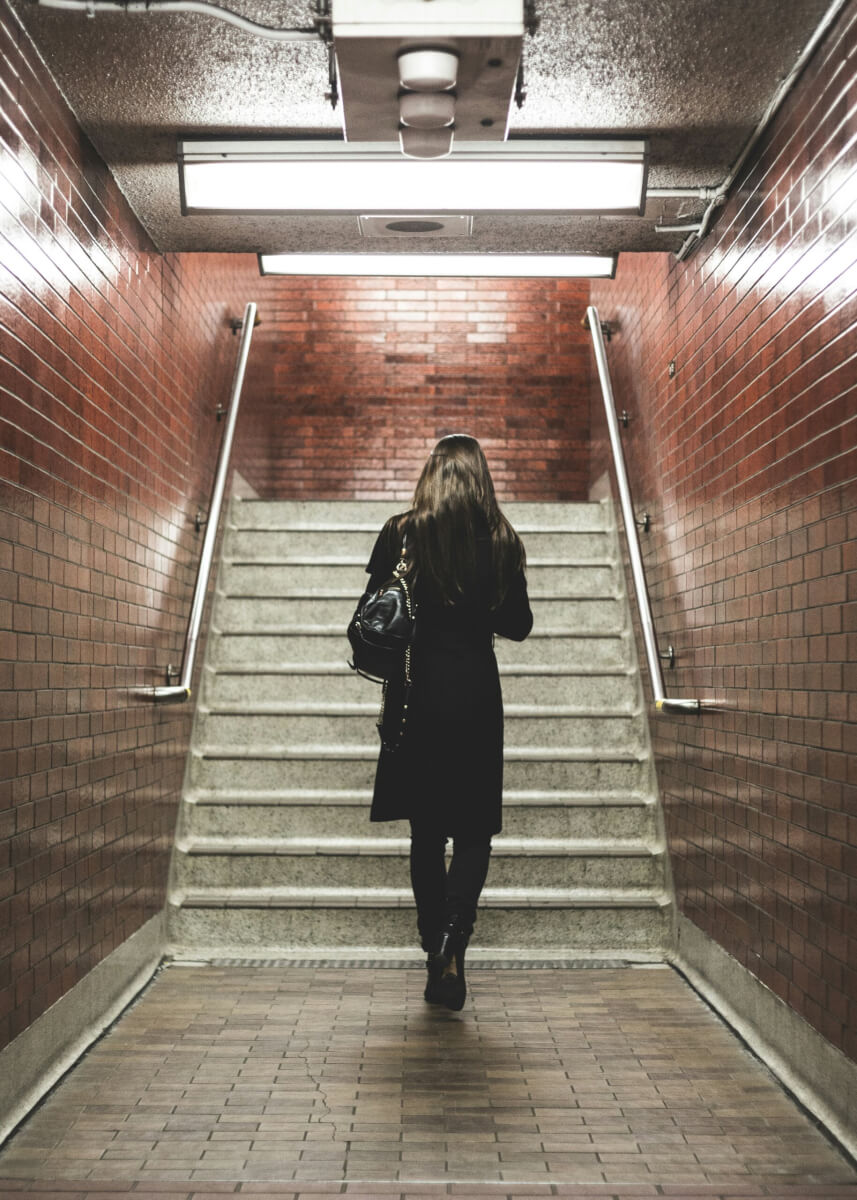PROVO, Utah — Walking home alone in the dark has always been a precarious situation for women; now, a new study puts science behind it. Researchers from Brigham Young University are revealing the stark differences in how women and men perceive their safety while walking home at night. Their study employed visual tools to demonstrate the unique “safety measures” women deploy compared to their male counterparts.
The research involved showing participants images of various campus areas at Utah Valley University, Westminster, BYU, and the University of Utah, asking them to pick out areas within the photos that drew their attention. The findings revealed that women were more likely to focus on potential safety hazards, particularly around the edges of the images, while men’s attention centered more on focal points or their intended destinations.
“The resulting heat maps represent perhaps what people are thinking or feeling or doing as they are moving through these spaces,” says study lead author Robbie Chaney, a public health professor at BYU, in a university release. “Before we started the study, we expected to see some differences, but we didn’t expect to see them so contrasting. It’s really visually striking.”

The study, which saw nearly 600 individuals participate, with a gender split of 56 percent female and 44 percent male, utilized a Qualtrics heat map tool to track the areas of the image that stood out most to participants. This innovative approach highlighted the visual patterns of men and women, showcasing a significant contrast in their focus — while men tended to look at the path ahead or a fixed object, women scanned the perimeter for potential threats.
Researchers aimed to shed light on the lived experiences of women, emphasizing the cumulative impact of these experiences over time.
“This project has been a fantastic conversation starter to bring awareness to lived experiences, particularly of women in this case,” notes study co-author Alyssa Baer Baer, who recently finished graduate school at George Washington University and now works in Washington, D.C. “My hope is that in having concrete data we are able to start conversations that lead to meaningful action.”
Researchers argue that the distinct ways in which environments are perceived by women and men necessitate consideration of these differences when designing campus and community spaces.

“Why can’t we live in a world where women don’t have to think about these things? It’s heartbreaking to hear of things women close to me have dealt with,” explains Chaney. “It would be nice to work towards a world where there is no difference between the heat maps in these sets of images. That is the hope of the public health discipline.”
This BYU study highlights the need for increased awareness of the gendered experiences of safety in public spaces and calls for actionable steps toward addressing these disparities. As communities and institutions digest these findings, the researchers hope that they will lead to environments where everyone, regardless of gender, can feel equally safe and secure.
The study is published in the journal Violence and Gender.
You might also be interested in:
